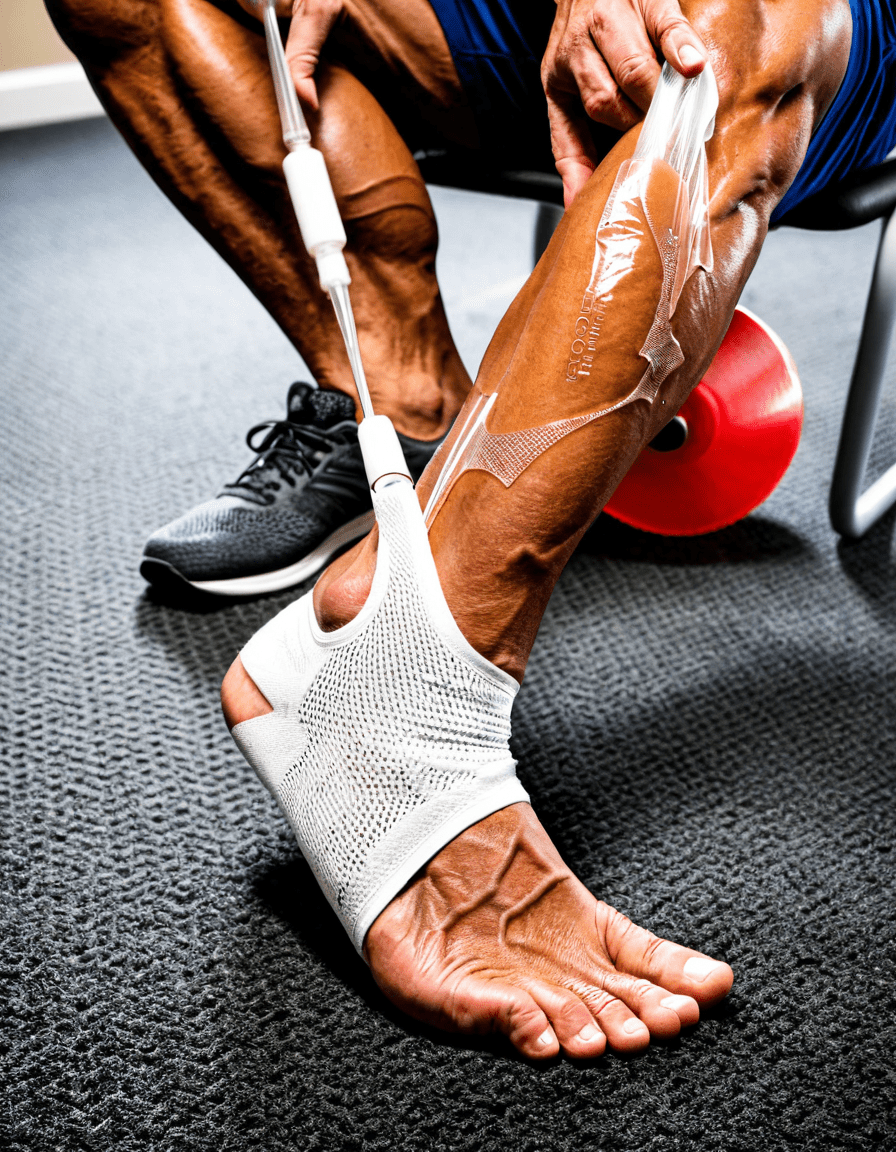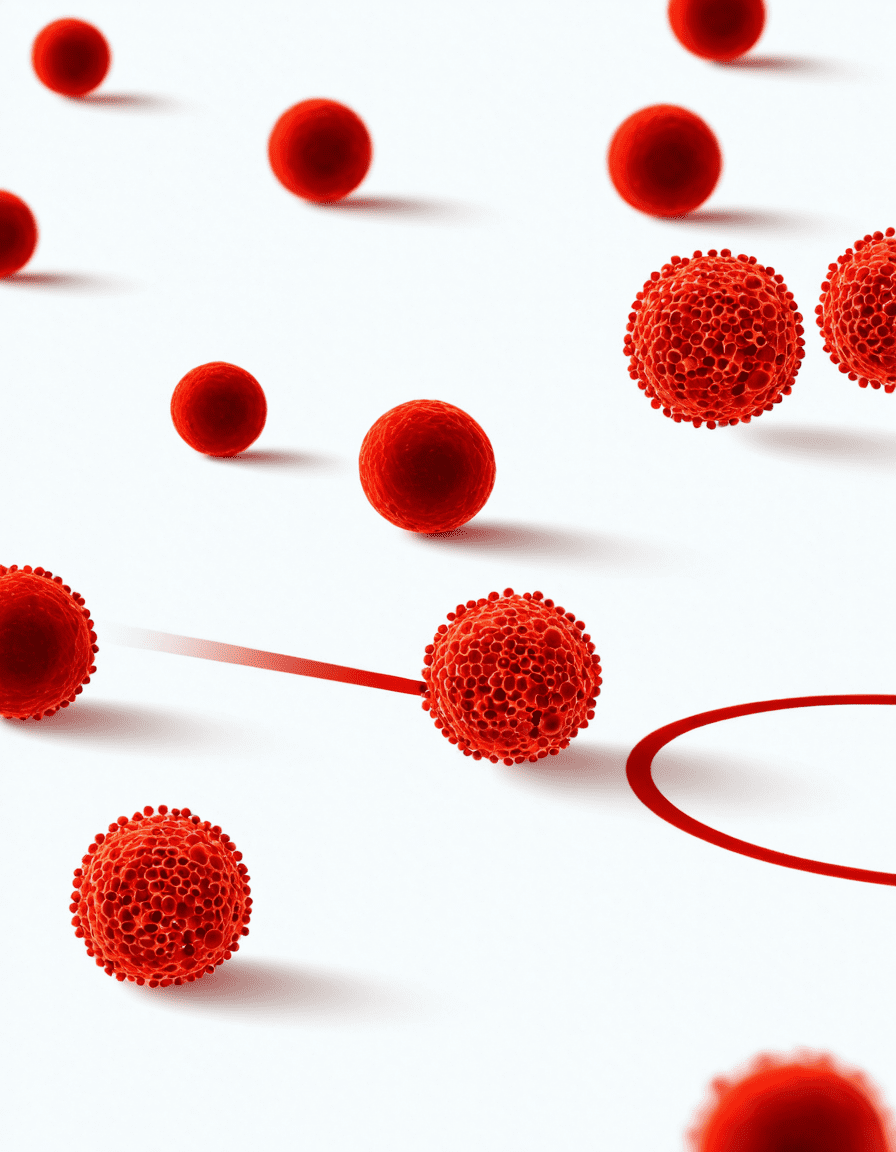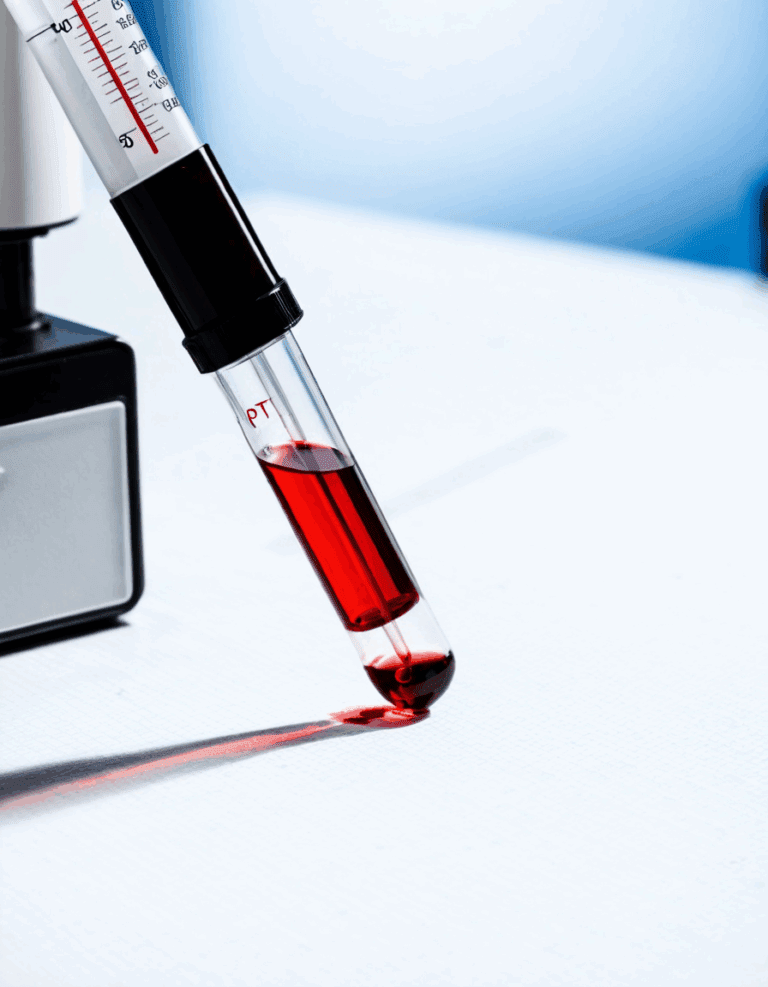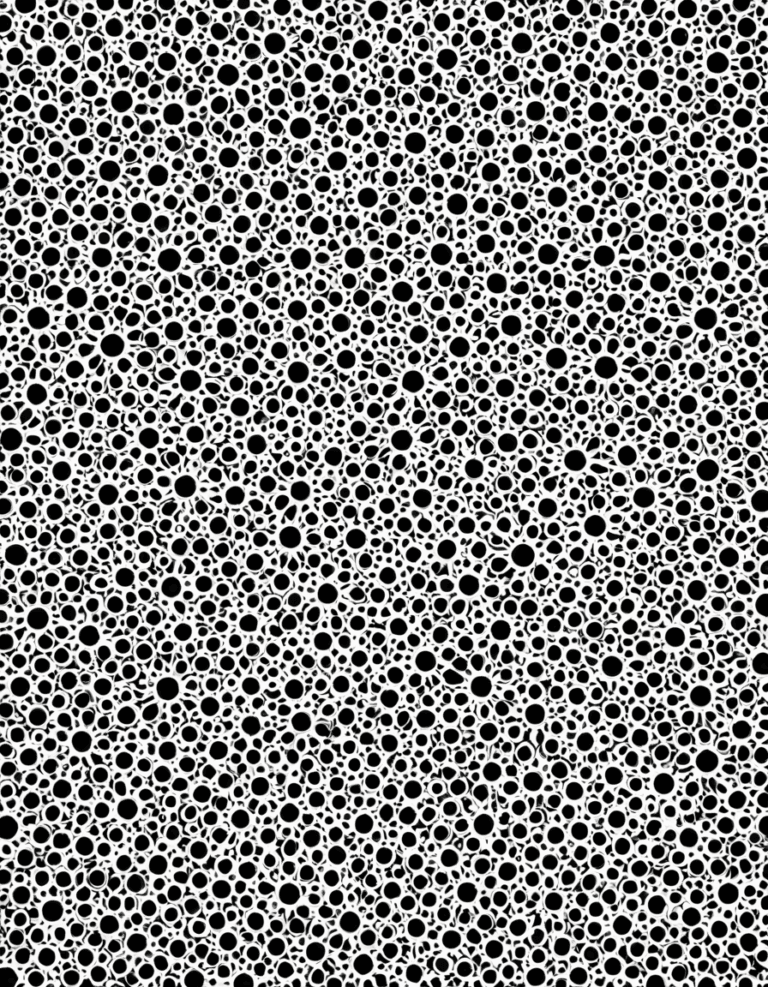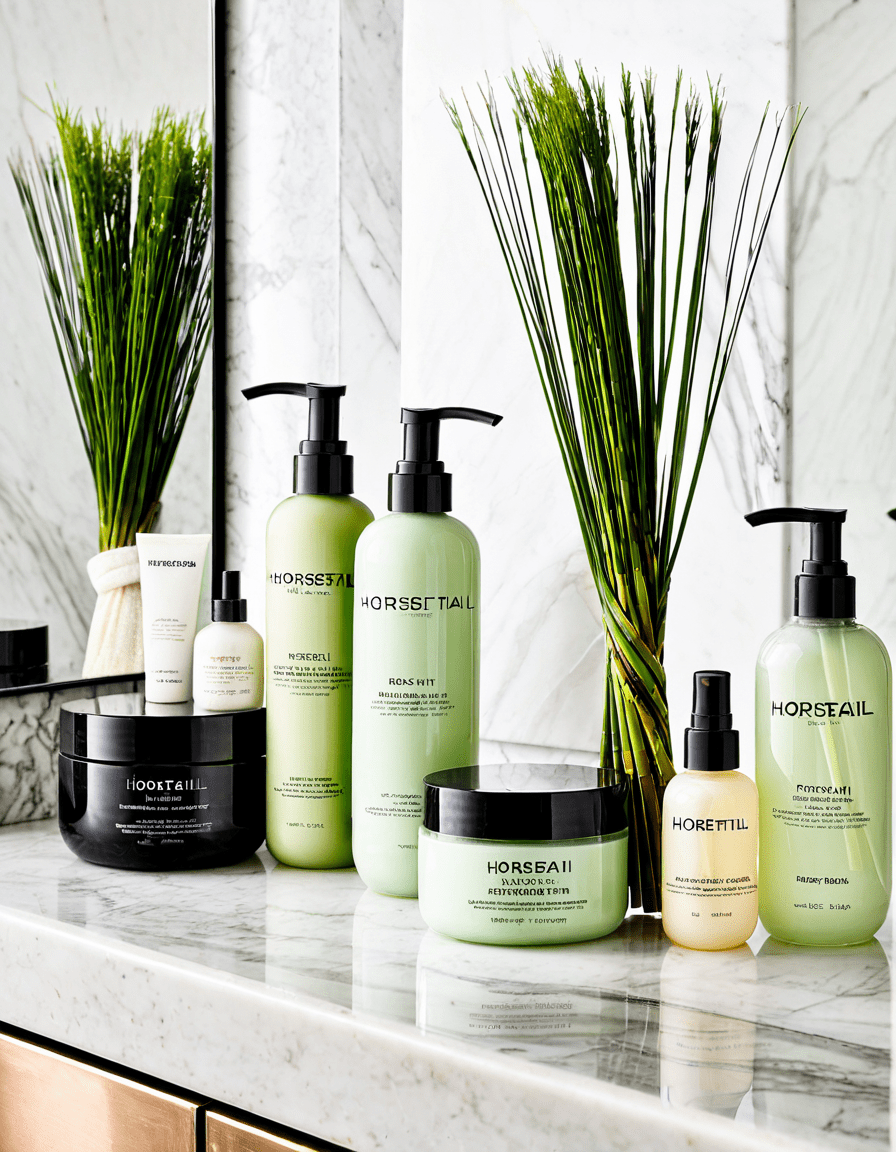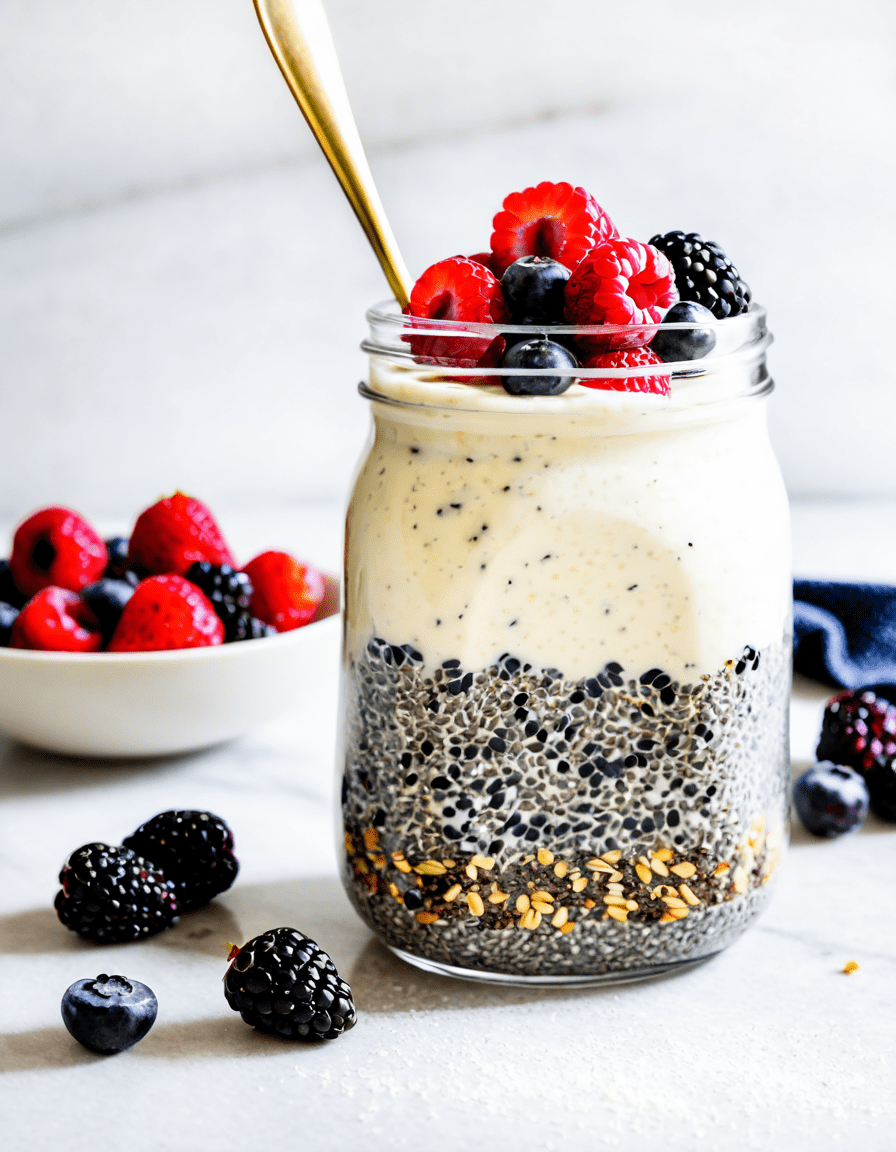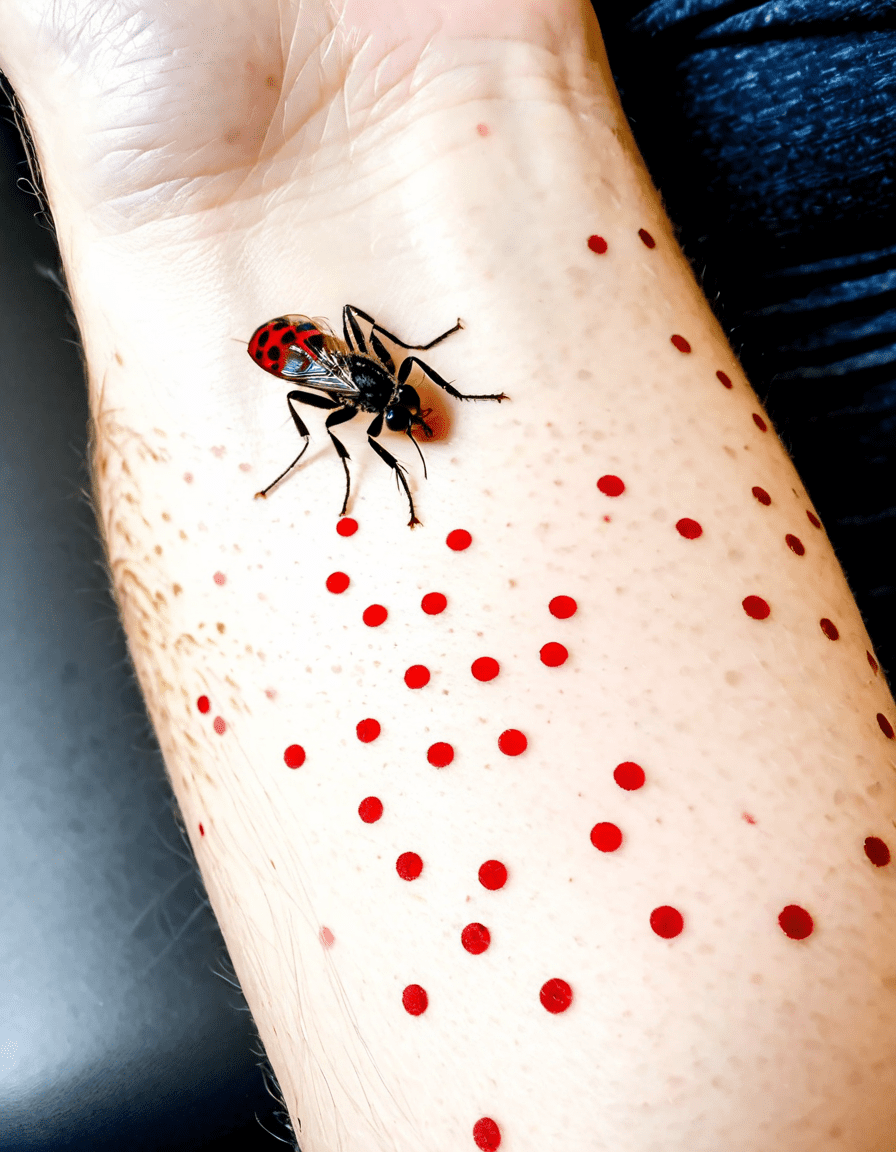When it comes to staying fit and injury-free, understanding wound care is crucial. Whether you’re a gym enthusiast pushing your limits or someone who enjoys outdoor adventures, injuries can happen anywhere. Knowing how to care for a wound effectively can mean the difference between a quick recovery and prolonged downtime. In this guide, we’ve compiled essential strategies and tips that will help you promote fast healing and get back to your routines. Let’s dive into the top secrets of wound care.
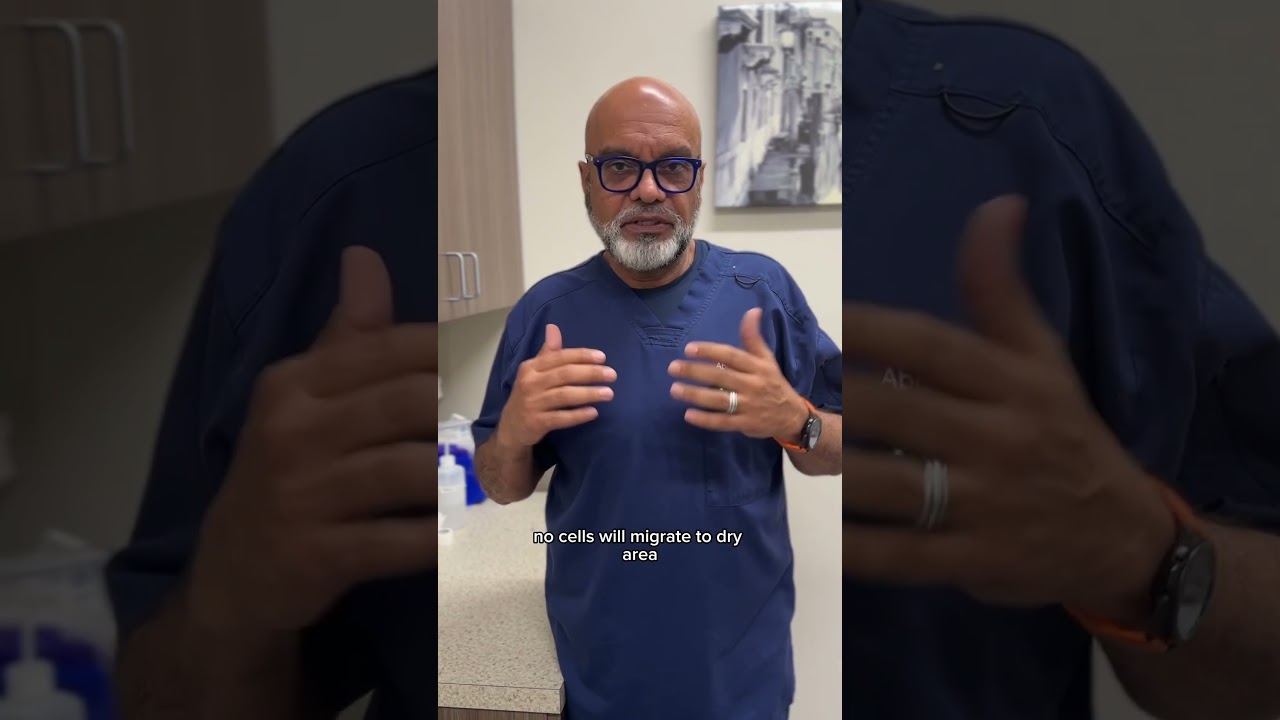
Top 7 Wound Care Secrets You Need to Know
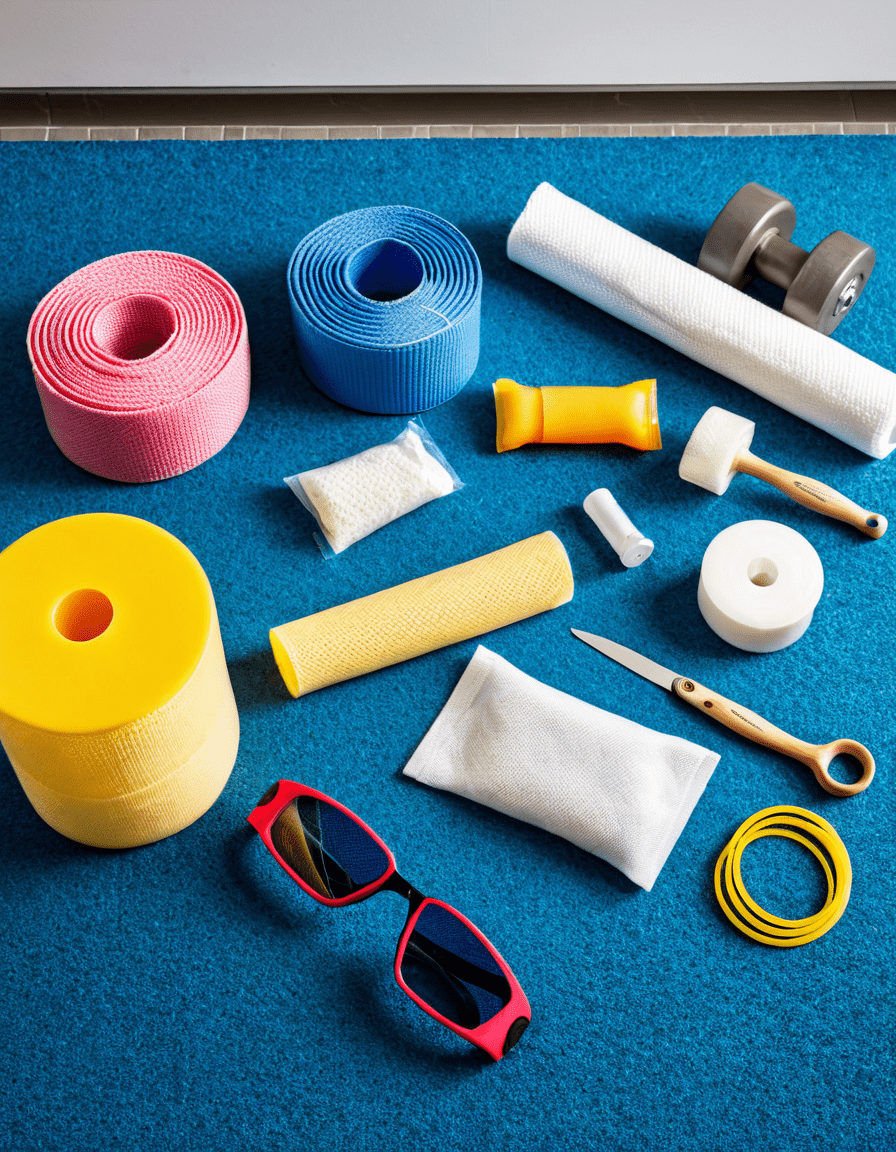
1. Moist Wound Healing Techniques
Keeping a wound moist is one of the best ways to speed up the healing process. Products like Tegaderm and Aquacel are top-notch, creating an ideal healing environment. They prevent scabs from forming, reduce pain, and minimize the risk of infection. Research published in the Journal of Wound Care states that moist environments can reduce healing time by up to 50% compared to dry care methods. So, don’t let that wound dry out—keep it hydrated!
2. Utilizing Stretch Mark Cream for Scarring
Did you know that some stretch mark creams can help reduce scarring? Mederma, famous for its scar treatment abilities, contains allantoin, which is proven effective for wound healing as well. Clinical studies show that individuals applying this cream on scars reported a noticeable improvement in the appearance and texture of their skin. Who knew that a good stretch mark cream could double as a wound care miracle?
3. Active Ingredients You Should Consider
When choosing a wound care product, pay attention to the active ingredients. Look for items with aloe vera, honey, and silver sulfadiazine. Honey, in particular, has impressive antimicrobial properties that can reduce the risk of infection and promote faster healing. A review featured in Nature highlighted honey’s effectiveness in treating chronic wounds, showcasing its ability to accelerate healing and enhance tissue regeneration.
4. Education on Proper Techniques
Knowing how to clean and dress a wound correctly is vital. The Centers for Disease Control and Prevention emphasize hand hygiene before treating wounds to avoid infections. Embrace a systematic approach to wound care—clean it, apply the right products, and cover it well. Doing it right can significantly cut down healing time and prevent complications from arising. Don’t skimp on learning the basics; it pays off in the long run!
5. Monitoring Skin Cancer Formation
Regularly checking for skin changes is essential, particularly if you’re at risk for skin cancer. It’s useful to utilize skin cancer pictures for comparison and recognize any abnormal developments. Consider using an app like SkinVision, which allows you to track these changes and assess your skin health. Quick action can lead to earlier consultations with dermatologists, increasing your chances of successful treatment.
6. Emphasizing Nutrition in Wound Healing
Don’t underestimate the power of nutrition in wound care! Your body needs the right fuel to heal optimally. Focus on proteins, vitamins C and A, and minerals like zinc, which are crucial for tissue repair. Incorporate foods such as legumes, nuts, citrus fruits, and leafy greens into your diet. A study in the Nutrition Journal found patients with better nutritional habits healed significantly faster, proving that what’s on your plate can affect your recovery.
7. Utilizing Advanced Technology: Bioengineered Skin Grafts
We’re living in a time where technology meets medicine! Bioengineered skin grafts, like those from Apligraf, present revolutionary options for wound care, especially for chronic wounds. These grafts mimic natural skin properties and enhance healing by promoting cell migration. Clinical trials confirmed that patients treated with bioengineered skin experienced quicker closure rates and fewer complications. Exploring these advanced options could be your ticket to faster healing.

Innovative Tips for Long-Term Wound Management
Wound care doesn’t stop after the initial treatment. Here are some innovative strategies for effective long-term management:
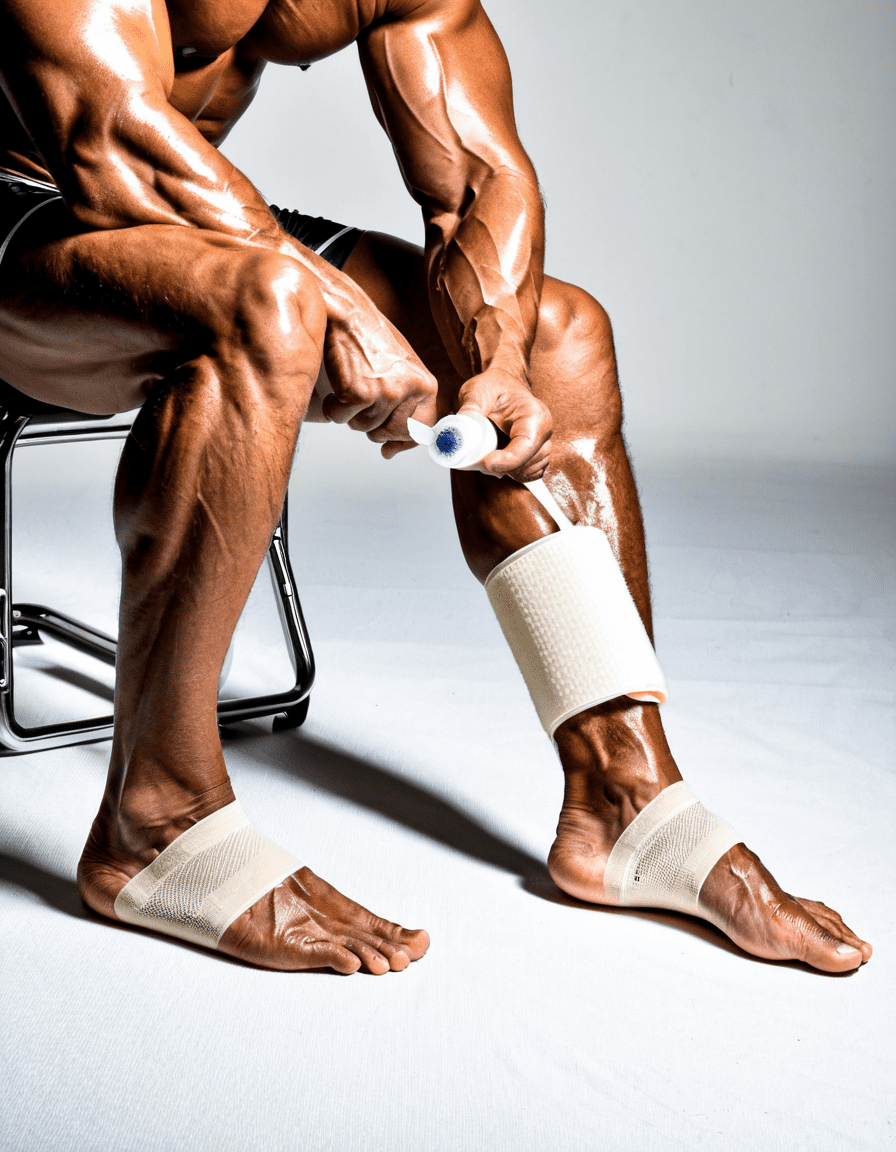
In Summary
The multifaceted nature of wound care underscores the importance of using research-backed products, monitoring skin changes, adopting proper techniques, and maintaining a healthy diet. As advancements in technology and understanding of healing multiply, keep these strategies close. By leveraging these wound care secrets, you can effectively handle immediate concerns and uphold your long-term skin health and overall well-being. Remember, staying injury-free and on your path to ripping those six-pack abs requires diligence in every aspect—wound care included. So let’s get after those goals, and keep healing strong!
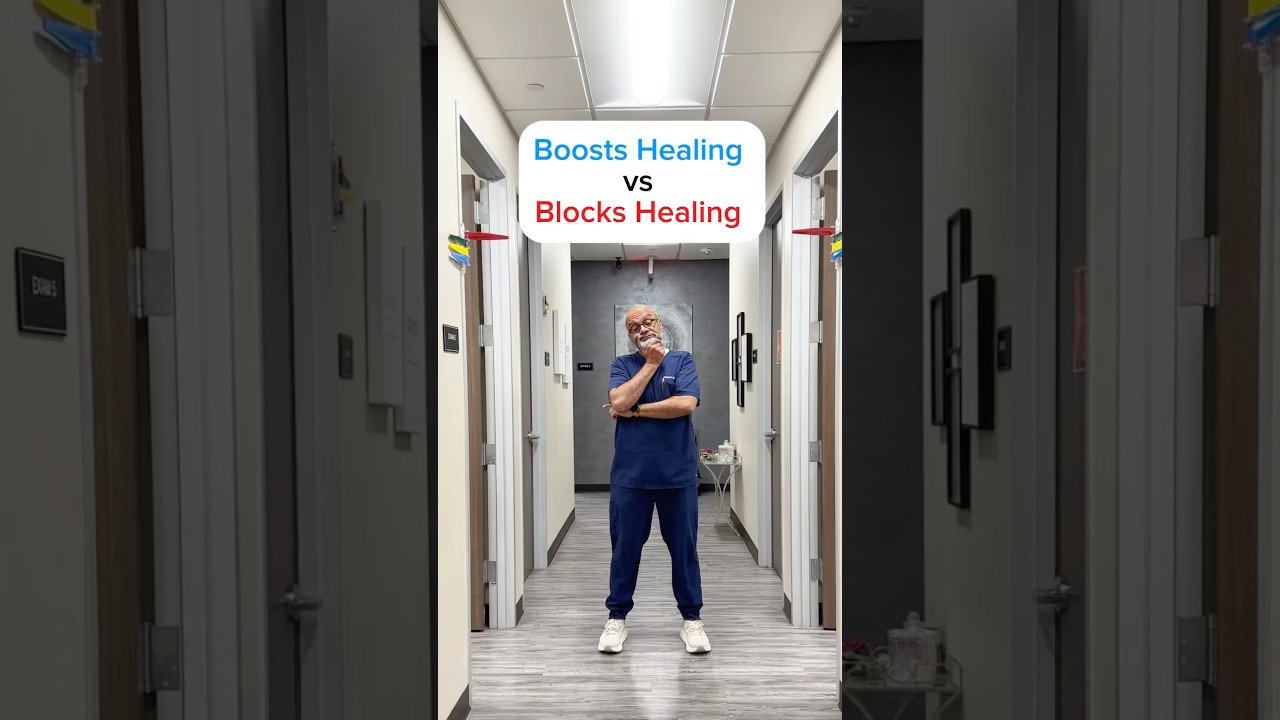
Wound Care Secrets That Promote Fast Healing
The Science Behind Wound Healing
Did you know that your body’s ability to heal is closely linked to your blood platelet levels? High platelet counts can ensure that wounds heal faster. If you’re curious about how this works, check out the Plt blood test for a deeper insight into your platelet health. Meanwhile, keeping a healthy lifestyle with sufficient sleep can play a surprising role in wound care. While melatonin is often touted for its sleep benefits, you might wonder Is melatonin bad For You? In moderation and the right context, it can actually help improve those restorative processes your body craves when healing.
Home Remedies and Tips
When it comes to everyday wound care, you might’ve heard of a few home remedies. For instance, honey is famous for its antibacterial properties, which can help keep wounds clean and promote healing. Why not take a pause from browsing the latest trends and grab a jar? It’s a simple but effective remedy! Speaking of simplicity, if you’re looking to freshen up your home or your wardrobe while recovering, you can snag some deals with a finish line coupon. Shopping might not heal your wounds, but it can definitely lift your spirits!
Fun Facts About Wound Care
Have you ever thought about the impact of body art on healing? Tattoo Places often use special techniques to help clients heal better after getting inked. This field of wound care is fascinating as it combines art and medical oversights. But don’t forget that maintaining a healthy relationship, even a long-distance one, can help stress levels, which in turn might aid in wellness—something to ponder if you want to optimize healing. Check out interesting insights on long distance Relationships if you’re wondering how emotional health impacts physical recovery. Lastly, it’s worth considering the tests like the Aptt blood test that could influence wound care management, revealing if your blood is clotting properly for an ideal healing journey.
Whether you’re navigating acute injuries or merely dealing with scrapes and bruises, understanding these fun facts and tips can enhance your wound care strategy. And who knows, a little creativity and knowledge might just lead you to perfect your wound care practices! Want a good laugh or some inspiration while you heal? Consider watching Young Sheldon season 7 to lighten the mood!
